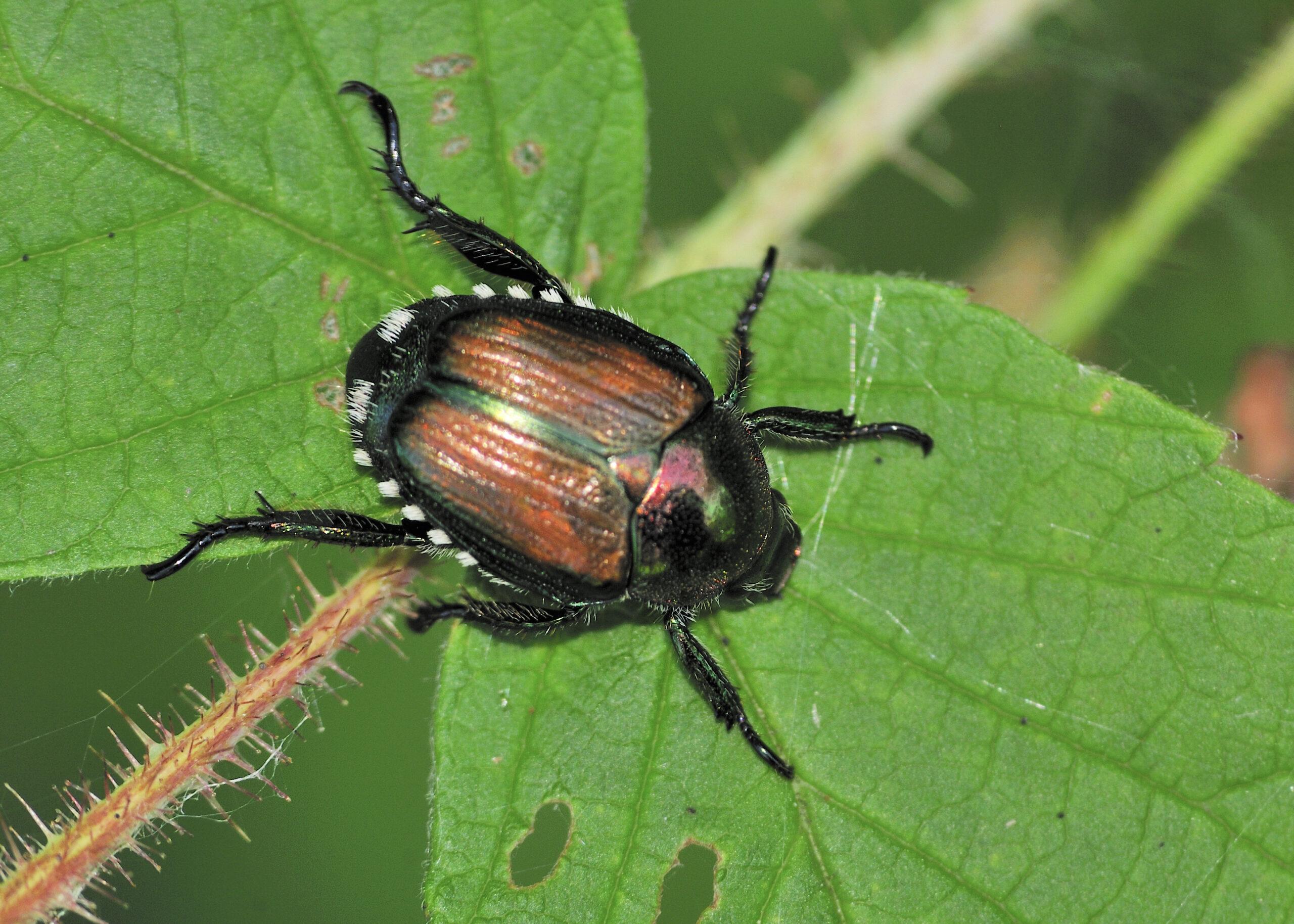The short answer is “yes.” While the insects that gardeners love to hate routinely ravage more than 300 common garden plants, there are several that don’t seem to appeal to them. Since we’re in the heart of the planting season, I thought it would be fun (and hopefully helpful!) to focus on a few of the trees, shrubs, perennials, and annuals that aren’t in the Japanese beetle’s preferred diet.
Let’s start with some colorful shrubs
I asked Josh, Tagawa’s Nursery Supervisor, to recommend some shrubs that offer a lot of seasonal eye appeal without becoming a target for Japanese beetles in the process. Burning bush is definitely on his list.
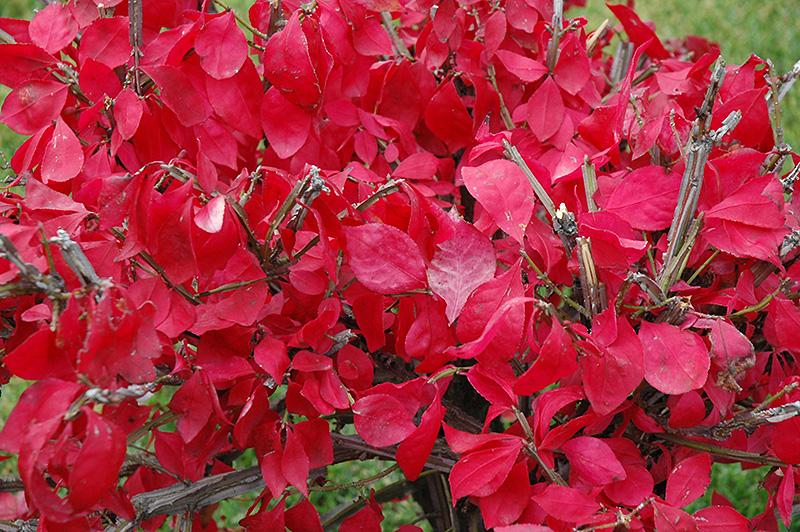
Burning bush is a favorite for spectacular late-season color that lives up to its name. This quick-growing shrub prefers full sun to part shade and average water. It can be used as an accent plant or a hedge.
Lilacs are a great choice for spring color, and they have the added bonus of not appealing to the Japanese beetles!

Josh is a fan of dwarf Korean lilac, but all of the varieties, with their wonderfully fragrant blossoms of lavender, purple, dark purple and white, will help in pushing back against the beetles. Lilacs come in a wide range of sizes. All of them require full sun.
Viburnums rarely show any signs of Japanese beetle damage. An especially popular variety is Korean Spice viburnum, with spring blossoms that are described as “intoxicatingly sweet.”
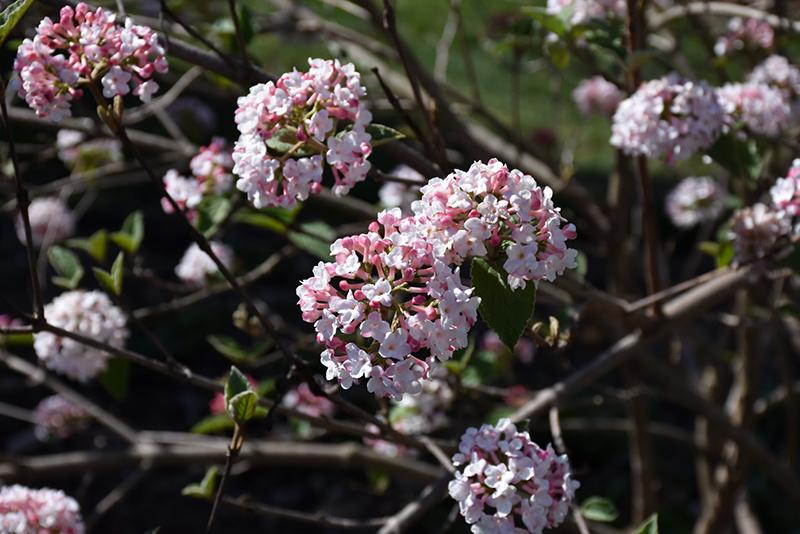
In addition to dodging visits by Japanese beetles, Korean spice viburnum turns a rich red in the fall. All viburnums come in several different sizes. They prefer full sun to part shade.
Other shrubs worth considering to avoid Japanese beetle damage include dogwood, boxwood, and beautiful yellow forsythia.
And what about beetle-resistant trees?
Some of the most reliable trees for Japanese beetle resistance might surprise you. All of the conifers -pines, spruce, and firs in all shapes and sizes – rarely, if ever, show Japanese beetle damage. Conifers aren’t necessarily the showiest of trees, but they’re invaluable in giving a landscape strong “bones,” pulling the rest of the plants into a cohesive unit. And the variety of conifers, with their different shapes, sizes and textures, means there’s the right plant for almost any setting.
Trees can be colorful and still not appeal to the beetles. One great example: redbuds.

The tree form of the Eastern redbud puts on a show from early to mid-spring, with rose-pink flowers and burgundy foliage. The leaves turn a buttery yellow in the fall.
Certain red maples and red oaks also show strong resistance to feeding from Japanese beetles.
Some perennials the beetles don’t like, please
One of my personal favorite perennials is coreopsis. They’re bright and sassy and tough – and Japanese beetle resistant!
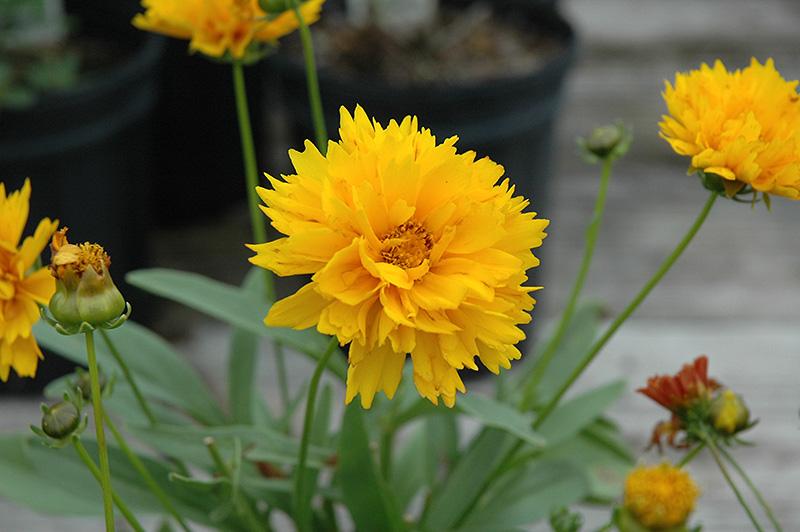
Sunray coreopsis is just one variety in this reliable family of plants. All coreopsis do best in full sun with average moisture. They range in height from eight to 24 inches. They’re also somewhat deer resistant.
For a shade-tolerant perennial that the beetles largely ignore, try coral bells.

Coral bells or heuchera range in color from mauve to lime green and burgundy to a rich tan. With their delicate flower spikes, most coral bells stand about 24 inches tall. They thrive in part to full shade, with average moisture. They’re especially attractive planted in a grouping of three to five plants or more.
And for a big pop of color, California poppies stand out as another Japanese-beetle-resistant perennial.
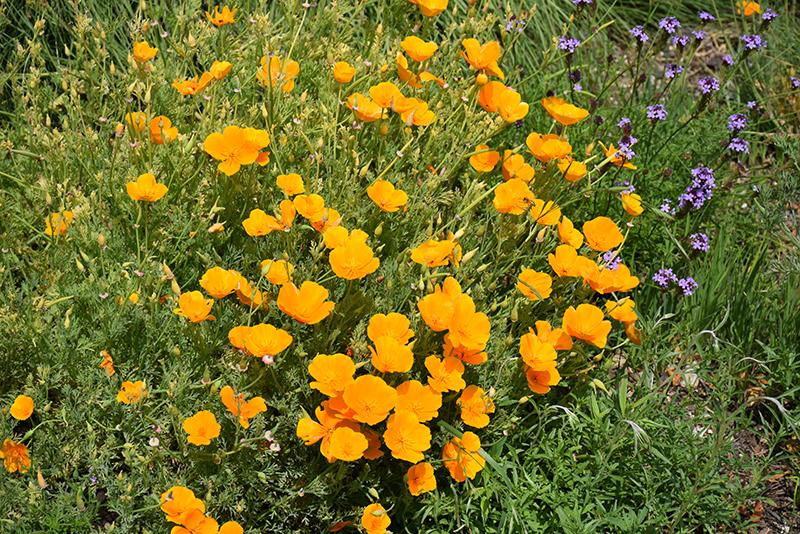
The soft orange of California poppies gives a beautiful wildflower look to any yard or landscape. They stand about 24″ tall when they’re in bloom. California poppies need full sun and average moisture. They can self-sow, but many gardeners find that a plus.
Other perennial candidates for Japanese beetle resistance include hosta, foxglove, and columbine.
Last but not least, some Japanese-resistant annuals
Beautiful and heat-loving lantanas dodge the beetles. And what great plants they are!
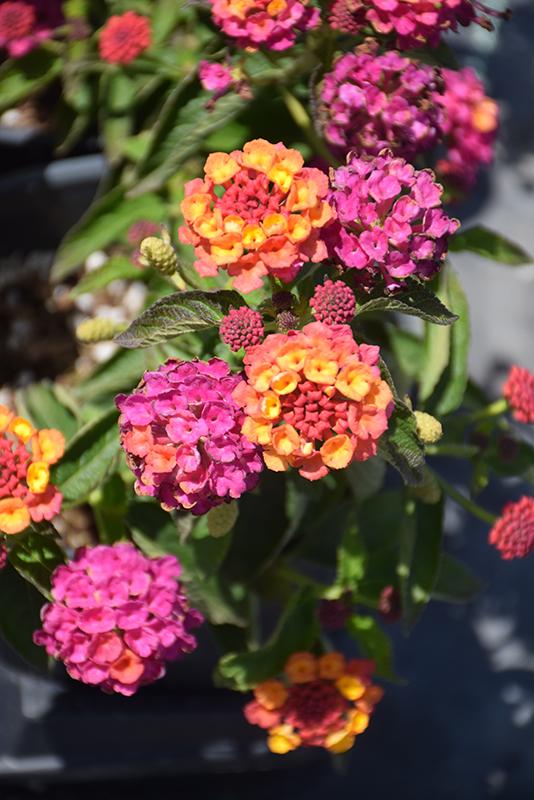
Lantanas are true workhorses in the garden but seem to be of no interest to Japanese beetles. The blossoms can be solid or two-tone and are especially showy in containers. They flower from early summer to late fall.
And don’t forget begonias! They can be more delicate in the garden, but the Japanese beetles show little or no interest in their showy flowers.
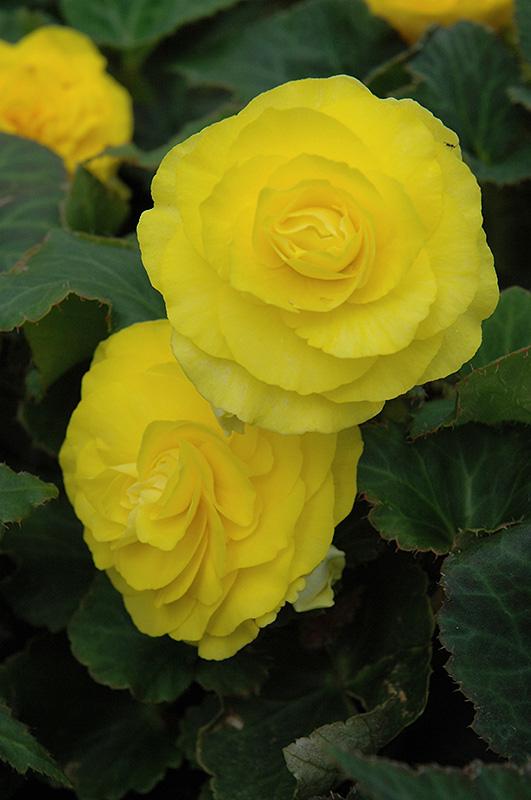
Begonias are amazing in their wonderful variety of form and color. They prefer partial shade and evenly-moist conditions and are ideal for container gardens, including hanging baskets. Clearly, the Japanese beetles just don’t see their charm!
Other Japanese beetle resistant annuals include impatiens, moss roses and dusty miller.
Let’s not forget the geraniums!
We all know that Japanese beetles love roses. Roses are one of the beetles’ favorite plants and a big reason why the insect is so reviled.
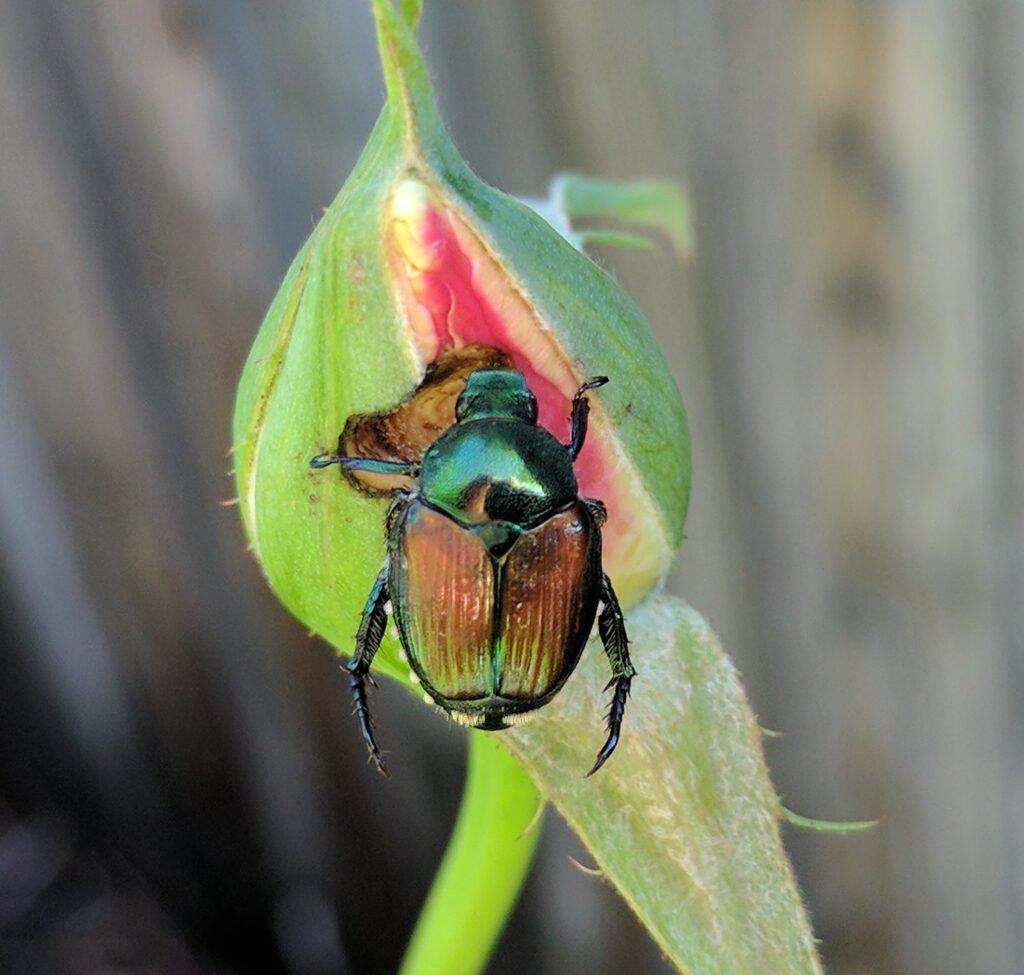
But the beetles also love geraniums, and that’s something gardeners can use against them! Extensive research shows that about 30 minutes after a Japanese beetle feeds on geranium petals of any color, the insect rolls over onto its back, with only its legs and antenna twitching. It generally stays in that helpless position for up to 24 hours. The toxin in the geranium petals doesn’t kill the beetles outright, but while its paralyzed, the insect is completely vulnerable to predators who find the beetles quite tasty!
Research is ongoing to determine how the geraniums and their ability to immobilize the beetles can be used by home gardeners. Perhaps a few geraniums growing near your most vulnerable ornamental plants might be worth trying?
Help with Japanese beetle awaits at the Garden Advisor’s Desk
Tagawa’s Garden Advisors (Aisle 8) feel your pain when it comes to Japanese beetles! They’re ready to help fight back against these voracious pests with the latest, most effective products and practices. While you’re there, ask for a free handout showing the many varieties of plants the beetles seem to pass up. We’re here to help!
